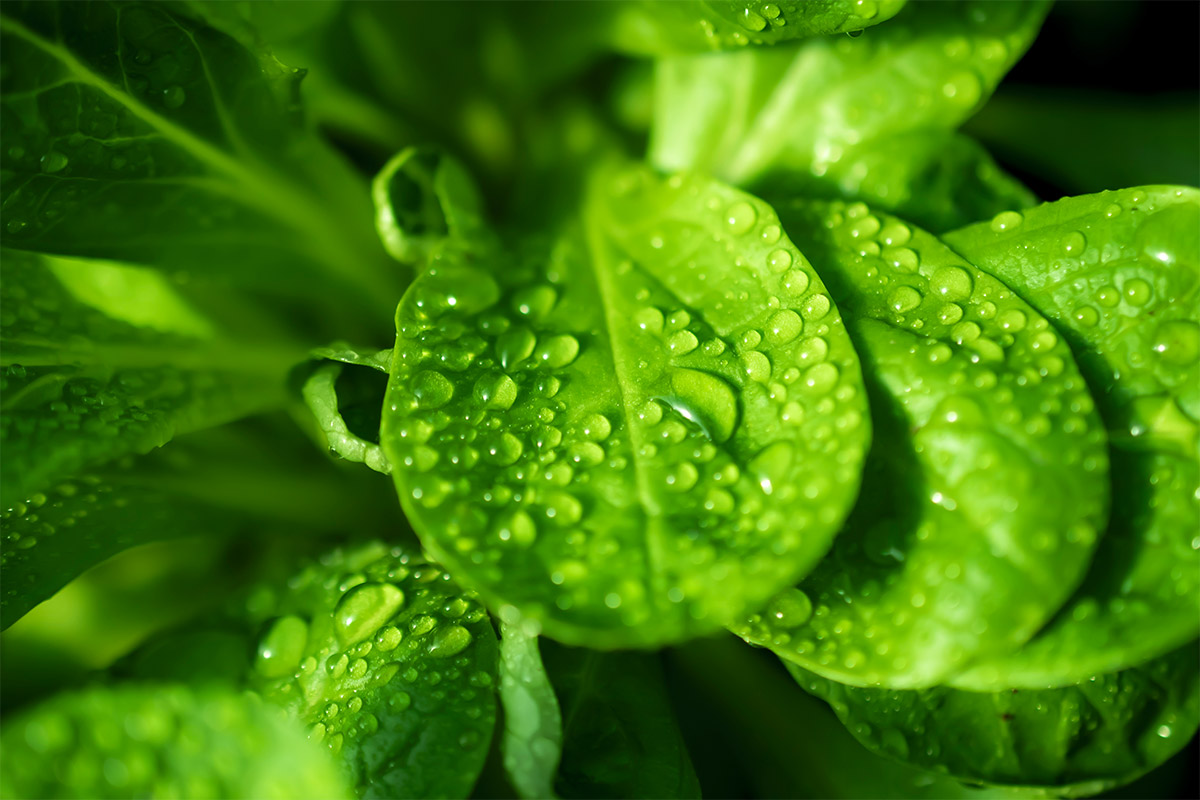
22 Oct Valerian, the sweet salad that is good for you
Valerian is a salad widely used on Italian tables. With a sweet and delicate taste, it is mainly eaten raw to prepare fresh and light salads, rich in vitamins and mineral salts. But what are its properties and how can it be used in the kitchen? Let’s find out together with the article.
Valerian: characteristics, properties and uses in the kitchen
The Valerianella locusta is a herbaceous plant belonging to the Valerianaceae family, better known by the name of valerian. It is a salad used mainly raw such as lettuce or radicchio, not to be confused with the officinal valerian: a plant known for its calming properties and used above all in herbal medicine and pharmacies. It is possible to distinguish two varieties of Valerian salad to grow: the Dutch Valerian with Big Seed and the Green Heart Full Valerian. While the first is more suitable for greenhouse cultivation and is characterized by elongated leaves and larger seeds, the second variety is more suitable for outdoor cultivation. With oval leaves and white or blue flowers, valerian is grown in vegetable gardens, but it also grows spontaneously in sandy soils.
Valerian salad: origin and cultivation
Native to Sicily and Sardinia, valerian is a plant that grows spontaneously in the Mediterranean and in all areas that are characterized by a mild climate. It is a very simple salad to grow in sunny and drained soils, requiring no special care. In fact, the valerian salad grows well at temperatures ranging from 12 ° to 15 ° and requires frequent irrigation, keeping the soil moist, without falling into stagnant water, which is dangerous for many plants. In winter, in case of too low temperatures, it is necessary to cover the valerian, in order to protect the leaves.
Valerian properties: nutritional values and benefits of valerian salad
Although valerian has a very low energy intake, its nutrients are very important and for this reason its consumption is considered an excellent ally for health, contributing to the supply of fiber, mineral salts and vitamins. Valerian salad is in fact rich in vitamins A, B and C, excellent for strengthening the immune system, but also in iron, potassium and magnesium, which supports the proper functioning of the metabolism, nervous and muscular systems. Valerianella also has numerous beneficial properties, from the preventive action against anemia and atherosclerosis, to the effects that stimulate the activity of the liver, kidneys and intestines. Its characteristics and its digestibility make it ideal for any type of diet and age, also strengthening the capillaries and facilitating blood circulation. It is also important to remember that belonging to the Valerian family, the valerian salad also has a calming action and is perfect to be consumed for dinner.
Valerian in the kitchen: storage, tips for use and recipes
Valerian is a well-known leafy vegetable used in cooking. Its leaves are extremely delicate and are likely to dehydrate and wither easily, so once washed and dried well, it is important to store them in the refrigerator in a plastic food bag, consuming them within a couple of days. As for lettuce or escarole, raw consumption is preferred, which also allows to preserve its sweet and delicate taste, but also all its beneficial properties. The classic use is in fact raw alone or with the addition of other ingredients for even richer, fresher and tastier results, such as fruit, corn or other types of salad. Young leaves with a bright green color are used, which are soft and delicate on the palate. Nonetheless, valerian can be very versatile, even using it for more original recipes. In fact, it is possible to make pesto to dress pasta, enrich the omelette or prepare velvety and very fresh smoothies. When cooking it in a pan it is advisable not to overdo it with the sauce, in order to preserve and enhance all its flavor. In the article, we suggest two different and delicious ideas for using valerian salad in the kitchen.
Valerian, orange and fennel salad: a delicate and healthy dish
To make this simple valerian salad, start by washing the valerian leaves thoroughly to remove any dirt, pat them dry and place them in a bowl. Cut the base of the fennel, remove the harder outer leaves and once washed, cut it into strips and add it to the valerian. Peel the orange and cut it into wedges, placing it in the bowl and adding pitted green olives, sunflower seeds, a drizzle of oil and a pinch of salt. Mix everything well to mix the ingredients. You will have obtained a light, fresh and healthy salad in no time and with really simple steps.
Valerian Centrifugate: fresh and great for the body
The ideas for making fresh and nutrient-rich centrifuged juices are many and all very simple. We offer you a centrifuged with valerian, ginger and lemon. You will need to wash the valerian leaves well and dry them, then you can spin them in order to obtain the juice. At this point, grate some ginger and add lemon juice and a little brown sugar to give a pinch of sweetness to this fantastic juice, perfect for summer and to preserve all the beneficial properties of the valerian salad. .
Valerian is a sweet and delicate salad, but rich in beneficial substances for the body. Even if mainly consumed raw, the ideas for using it in the kitchen are many and all excellent. Now that you know all the curiosities about valerian salad, all you have to do is choose the best leaves, your favorite recipe and enjoy it.
